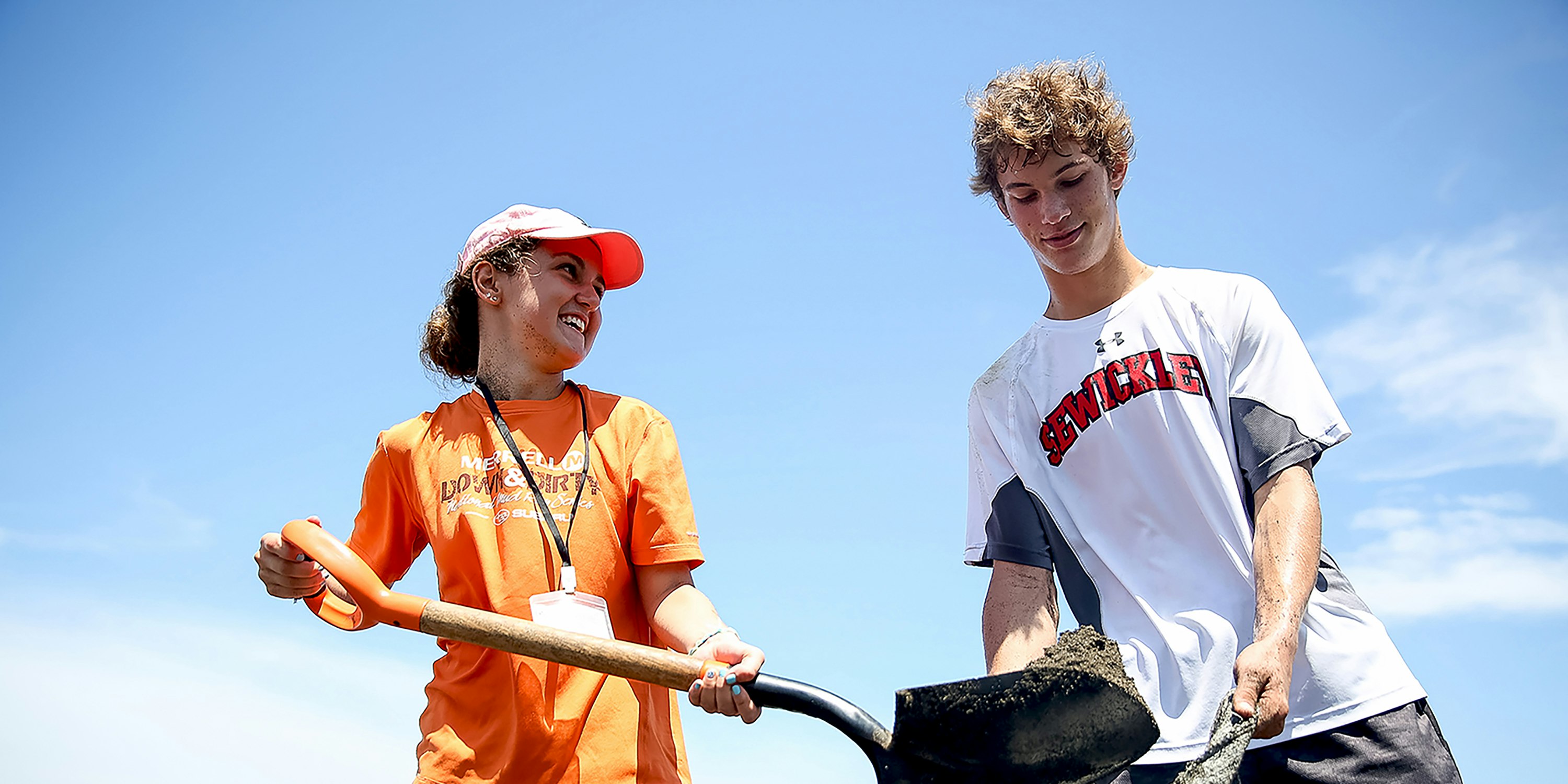- Author:
- Kayla Anzalone
- Published:
- January 20, 2023
- Favorites:
The third cycle of the Climate Leaders Fellowship recently concluded, enabling high school students to research climate change effects and find solutions in their communities.
Students identified a local need caused by climate change then sought out local organizations to collaborate with on their project.
The online program is offered in collaboration between the Stanford University Deliberative Democracy Lab and the Rustic Pathways Foundation.
Learn how Matthew overcame obstacles to get results below.
 My name is Matthew Lee and I am a 15-year-old 9th grader at Stevenson School, a boarding school in Pebble Beach, California. I am currently living in Pebble Beach, but am originally from Hong Kong.
My name is Matthew Lee and I am a 15-year-old 9th grader at Stevenson School, a boarding school in Pebble Beach, California. I am currently living in Pebble Beach, but am originally from Hong Kong.
I like to swim, think about philosophy whenever I get the chance to, and I hope to invest my time in designing products for the better good of society and the world. This is why I joined my school’s Robotics Team earlier in the year, where we focus on the topic of marine biology when building underwater ROVs and more.
From the Climate Fellowship, I did something that I wouldn’t have done in my 9th grade year. I learned about climate change through human-human interaction that was slightly out of my comfort zone, and was gratified that I did.
Connecting with Partners
Once I found two peers who had similar interests (through the Discord chat), we brainstormed that our project would consist of a waste/material collection we’d use to design knick-knacks and sell them to our schoolmates or a knick knack shop near our different locations. But as time went by, we knew that it wouldn’t work because of the monetary ask of the “customers” and the idea of an exchange was scrapped.
In hindsight from experience, I usually don’t fancy giving up. As I’ve always been told to never give up and focus on something you believe in for as long as it takes. The prior belief that giving up is something that would hinder my progress.
But now, I don’t regret that I have given up on that one idea, since my personal goal was not to raise funds, but to make an impact on the climate and also, myself. I believe that there is more to the project than just raising money and I would rather spend the time learning about the process. I could expand my horizons later on when I get a good hang of the foundational ropes.
Thus at the end, I said to my teammates that we’d make good progress by making our own goals for the project, but report back to each other at the end and share.
With a little business reorientation advice from my dad and some originality, my final idea was to pitch the knick-knack shop a few questions about the extent of consideration that they’d put into the effects of climate when they decide what products to sell.
Changing the Project Course
This fellowship program showed me how hard collecting funding or creating impact really is. Despite not making any tangible impact, I took the initiative to reach out to a local business shop and inquired about how they would approach selling their products differently, with environmental implications in mind.
I asked three relevant questions:
- How do local businesses like yours decide on selling products that are environmentally-sound?
- For reducing waste, would you consider doing only email receipts instead of prints, and provide a discount when you do?
- How do your designers reach out to you, or how would you reach out to them?
The business spokesperson said they first accommodate customers while choosing well-made, eco-friendly products from vendors to sell to the public, but that in reality as a retail business,“it’s a fine line to sell profitably, while also making sure that the environment isn’t implicated.”
Results
Overall, I am proud of what I’ve achieved. Although my project was not conventional to other projects, I accomplished something new. I reached out to someone outside my comfort zone and accumulated data. The answers were simple, but the process of getting them has its twists and turns.
This project also taught me a fond lesson about raising funds. Even though I didn’t involve anything monetary through my project, I value the lesson of how hard it can be to promote something in order to collect money. The fellowship taught me how to focus on what’s important, and when I sidetrack or procrastinate, always reflect back on my goal that I set and what it takes to achieve that goal.
This fellowship was something I’ve yet to have come across prior, and the impact of this scale (with like-minded high school students around the world, contributing to different environmental aspects in regards to what they have experienced) reflects back on taking initiative.
And even though the funding wasn’t successful, I was still proud that I have made meaningful relationships with a local business store, and held the environment sign over their radar a little higher. I’m now going to be more careful with my operational plans while seeking to make an impact on someone’s life or the environment.
Our next fellowship round launches in March, and the application deadline is February 5. For more information, please visit our Climate Leaders Fellowship program page.
Kayla Anzalone
Kayla joined Rustic Pathways in 2020 as the Director of Special Projects. She has nearly a decade of experience in communications and marketing. At Rustic Pathways, Kayla is dedicated to helping high school students discover their passion for exploring the world through summer travel programs. She drives impactful initiatives to empower students through meaningful travel experiences worldwide. Based in San Jose, California, Kayla loves the outdoors, live music and travel.
